Advertisement
The idea of small businesses using AI used to sound like something years away. Most could barely keep up with shifting algorithms on social media, let alone afford high-end automation tools. However, something unusual is now happening. Conversational chatbots—once the domain of tech giants—are emerging in the Omniverse, an expanding digital ecosystem that connects virtual platforms in real-time. And they're not just sitting there for show. They're working behind the scenes for small business owners, helping them answer questions, guide users, and stay relevant in a digital-first world where being slow can cost you customers.
Not all chatbots are created equal. The early versions were clunky. They followed strict scripts and failed the moment a customer went off track. They didn't really understand language—they just scanned for keywords and matched them to canned responses. But conversational chatbots powered by AI are different. They use large language models to understand intent, adjust tone, and keep a natural flow. Now that these bots are entering the Omniverse, they're evolving from standalone tools into virtual presences that can interact across various platforms, including websites, metaverse stores, mobile apps, and even virtual showrooms or events.

The Omniverse lets businesses connect virtual environments. A product demo that takes place inside a virtual storefront can now be linked in real-time with an AI chatbot that answers product questions at that exact moment. It's no longer about static FAQ pages. It's about real-time responses in a space that feels dynamic and alive. A user walking through a digital furniture shop, for example, could ask the bot, "Will this couch fit in a small apartment?" and get an answer that references exact measurements, compares it with other options, and even offers a mockup inside a simulated room.
For small businesses, this means no need to hire staff to sit behind every customer touchpoint. A single AI chatbot can now act as a store associate, product expert, and tech support rep, and it doesn’t need breaks or training manuals. And most importantly, it doesn’t rely on rigid scripts. It adapts.
Customer service isn't just about solving problems. It's about doing it fast and with a human tone. That's been hard for small businesses working with limited teams. The arrival of conversational chatbots in the Omniverse changes that. These bots are trained on a range of real-life interactions. They can answer most customer questions without needing a human in the loop. And when the query gets too complex, they hand it off cleanly, with full context, to a real person.
It's not about replacing people. It's about saving them from repetitive tasks. Answering the same five questions every day—about returns, shipping times, and appointment bookings—isn't the best use of human time. AI chatbots now handle those questions with consistent accuracy. This frees up small teams to work on what matters—building relationships, improving their services, or just taking a breath during hectic seasons.
Chatbots also don’t sleep. That means businesses now offer 24/7 support without hiring night shifts. A customer visiting a website at 3 a.m. can get help booking an appointment, tracking an order, or learning about services—no call center needed.
And it doesn't stop there. Chatbots in the Omniverse aren't only tied to text. Voice, image, and even movement-based prompts are part of their training. This means interaction can be as simple as speaking aloud in a virtual store or clicking on a floating product icon to start a chat. That flexibility removes friction. And for small businesses that can't afford complicated tech teams, that ease matters a lot.
Personalized marketing is one of the most powerful tools in business. But doing it right takes time, data, and people—three things small businesses often don’t have enough of. AI-powered chatbots in the Omniverse are starting to change that balance.

These bots don't just talk. They learn. Based on previous interactions, they can remember returning customers, suggest relevant products, and even nudge users toward services they might need. And they do it without sounding robotic or pushy. The tone is casual, helpful, and sometimes even playful, depending on how the business presents itself.
For example, a small yoga studio using the Omniverse might have a virtual assistant that remembers your favorite class types, recommends instructors based on past bookings, and reminds you gently when a slot opens. You’re not being advertised to—you’re just being helped by a digital assistant that actually remembers you. That’s a far cry from spammy newsletters or generic popups.
Some bots are even capable of running full product recommendation flows based on simple questions, such as "I need a gift under $30." For small businesses that rely on seasonal sales or local promotions, that kind of intelligent interaction helps drive revenue without needing to constantly update ads.
Here’s the other side: as conversational chatbots spread in the Omniverse, expectations rise. People now expect answers fast and with an emotional tone. A slow, clunky chatbot with no personality can turn away a customer faster than a broken website.
Small businesses need to ensure their chatbots are not only functional but also natural. It should reflect their tone—friendly, helpful, calm, or quirky—whatever matches their brand. Most platforms now allow easy customization. You don't need to code to make your bot speak like you. Just guide it with examples.
Privacy and transparency matter too. If a chatbot collects data or uses past conversations to personalize its responses, users should be aware of this. Trust becomes part of the brand. Done right, users feel the chatbot isn't just a machine—it’s part of the team.
Another upside is that many tools are more affordable. Platforms like NVIDIA's Omniverse, combined with third-party AI tools, let even mom-and-pop shops join a space that once belonged to enterprise tech. These aren't watered-down versions—just the same engines in simpler packages.
Small businesses are redefining service with conversational chatbots in the Omniverse, offering smart, personal, and immediate support once limited to large companies. They’re creating immersive digital experiences and genuine customer connections without pretending to be something else. The Omniverse is no longer just for gaming or corporate showcases—it's a space where small brands can grow and compete on their terms. Success now depends on how well they utilize the available tools, with chatbots emerging as the most reliable and intuitive team members they could have.
Advertisement

How to train large-scale language models using Megatron-LM with step-by-step guidance on setup, data preparation, and distributed training. Ideal for developers and researchers working on scalable NLP systems

Explore the sigmoid function, how it works in neural networks, why its derivative matters, and its continued relevance in machine learning models, especially for binary classification
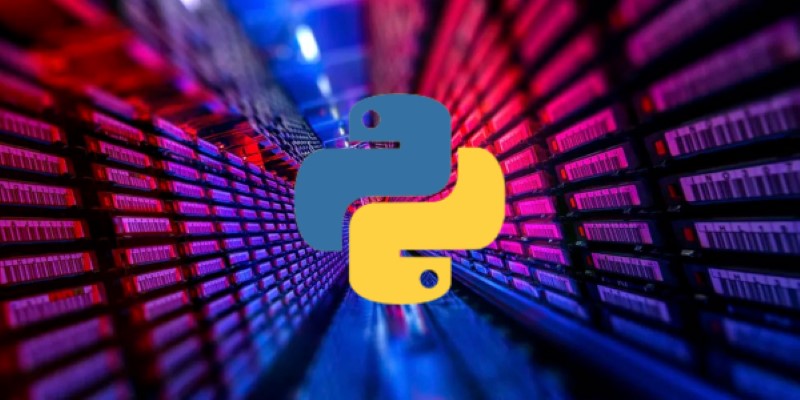
Learn how to impute missing dates in time series datasets using Python and pandas. This guide covers reindexing, filling gaps, and ensuring continuous timelines for accurate analysis
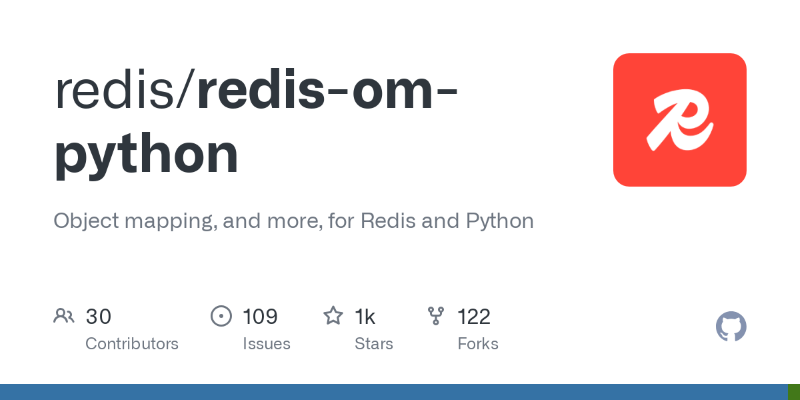
Learn how Redis OM for Python transforms Redis into a model-driven, queryable data layer with real-time performance. Define, store, and query structured data easily—no raw commands needed
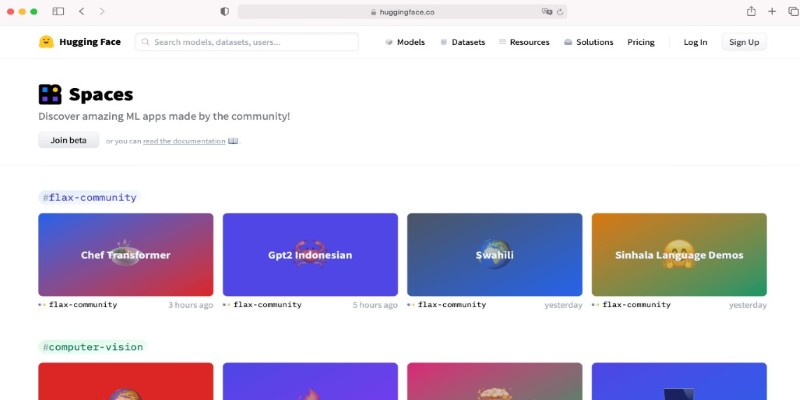
How Summer at Hugging Face brings new contributors, open-source collaboration, and creative model development to life while energizing the AI community worldwide

Heard of Julia but unsure what it offers? Learn why this fast, readable language is gaining ground in data science—with real tools, clean syntax, and powerful performance for big tasks
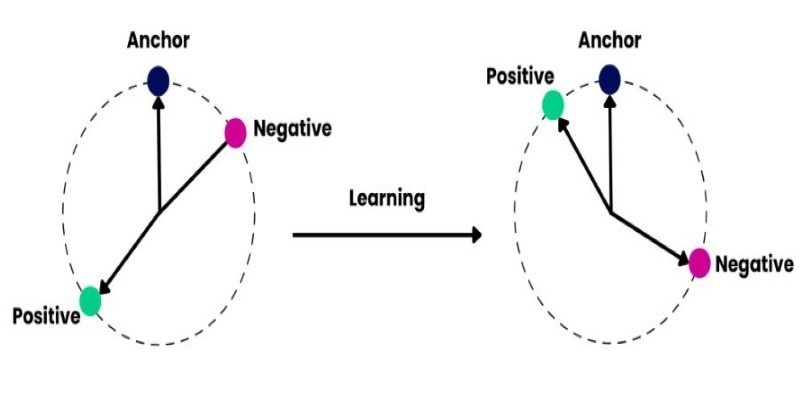
How to train and fine-tune sentence transformers to create high-performing NLP models tailored to your data. Understand the tools, methods, and strategies to make the most of sentence embedding models
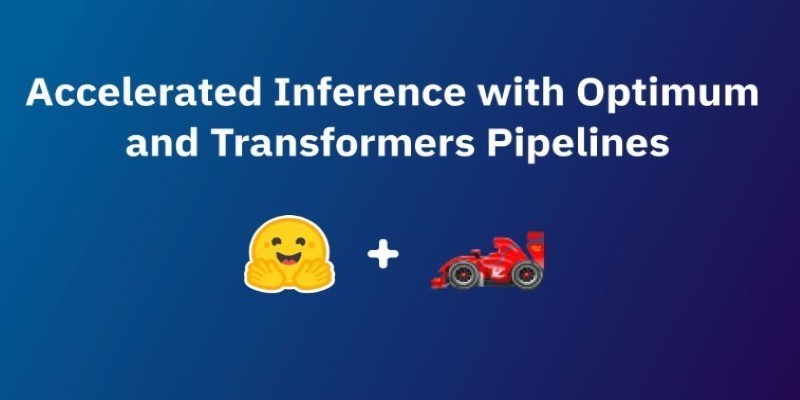
How accelerated inference using Optimum and Transformers pipelines can significantly improve model speed and efficiency across AI tasks. Learn how to streamline deployment with real-world gains
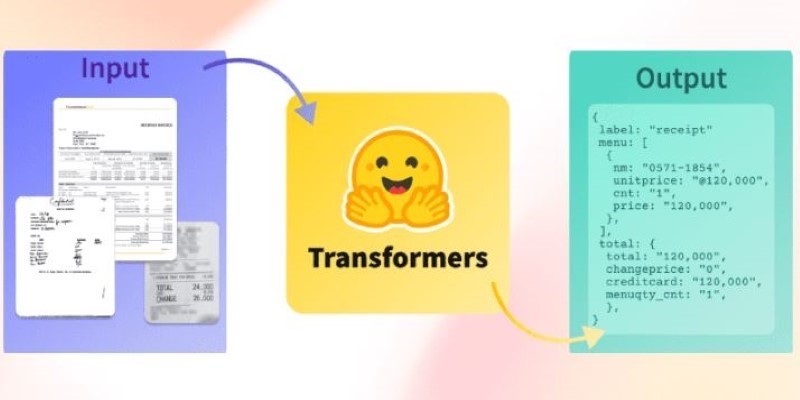
How Sempre Health is accelerating its ML roadmap with the help of the Expert Acceleration Program, improving model deployment, patient outcomes, and internal efficiency
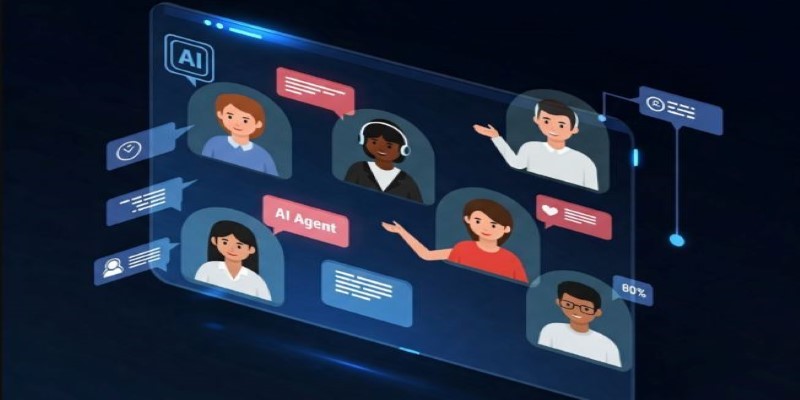
How are conversational chatbots in the Omniverse helping small businesses stay competitive? Learn how AI tools are shaping customer service, marketing, and operations without breaking the budget
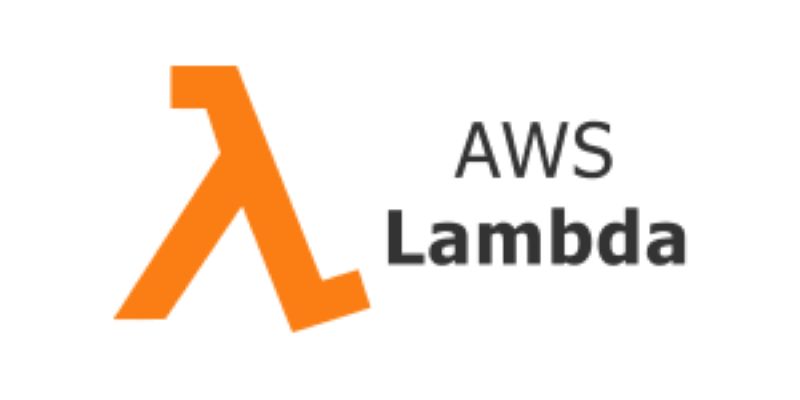
Curious how to build your first serverless function? Follow this hands-on AWS Lambda tutorial to create, test, and deploy a Python Lambda—from setup to CloudWatch monitoring
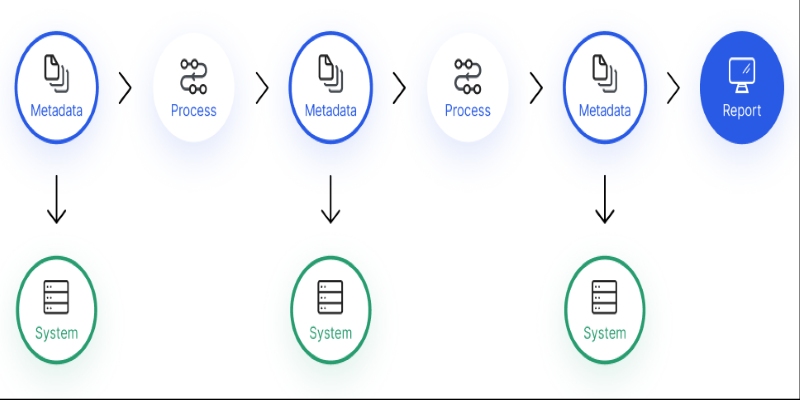
Confused about where your data comes from? Discover how data lineage tracks every step of your data’s journey—from origin to dashboard—so teams can troubleshoot fast and build trust in every number